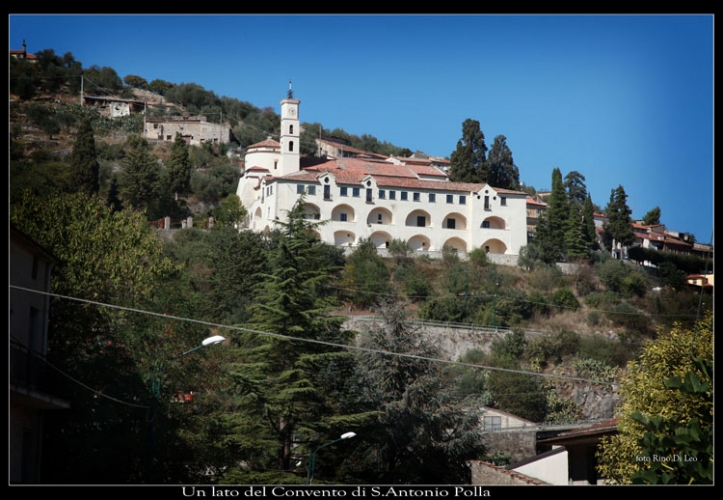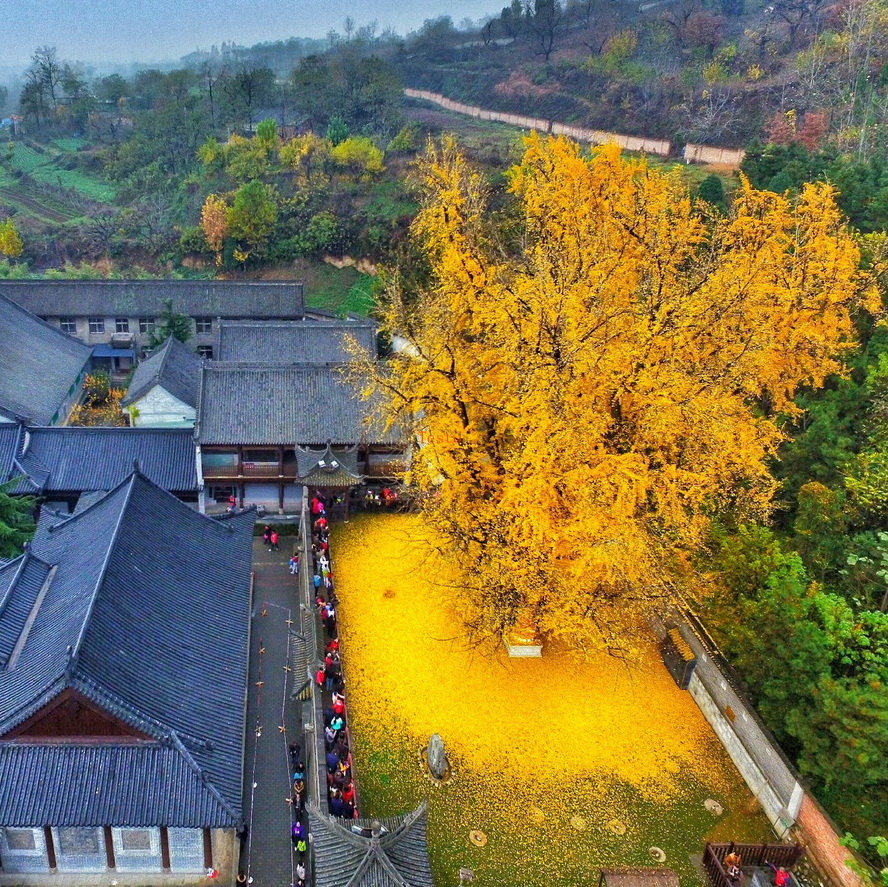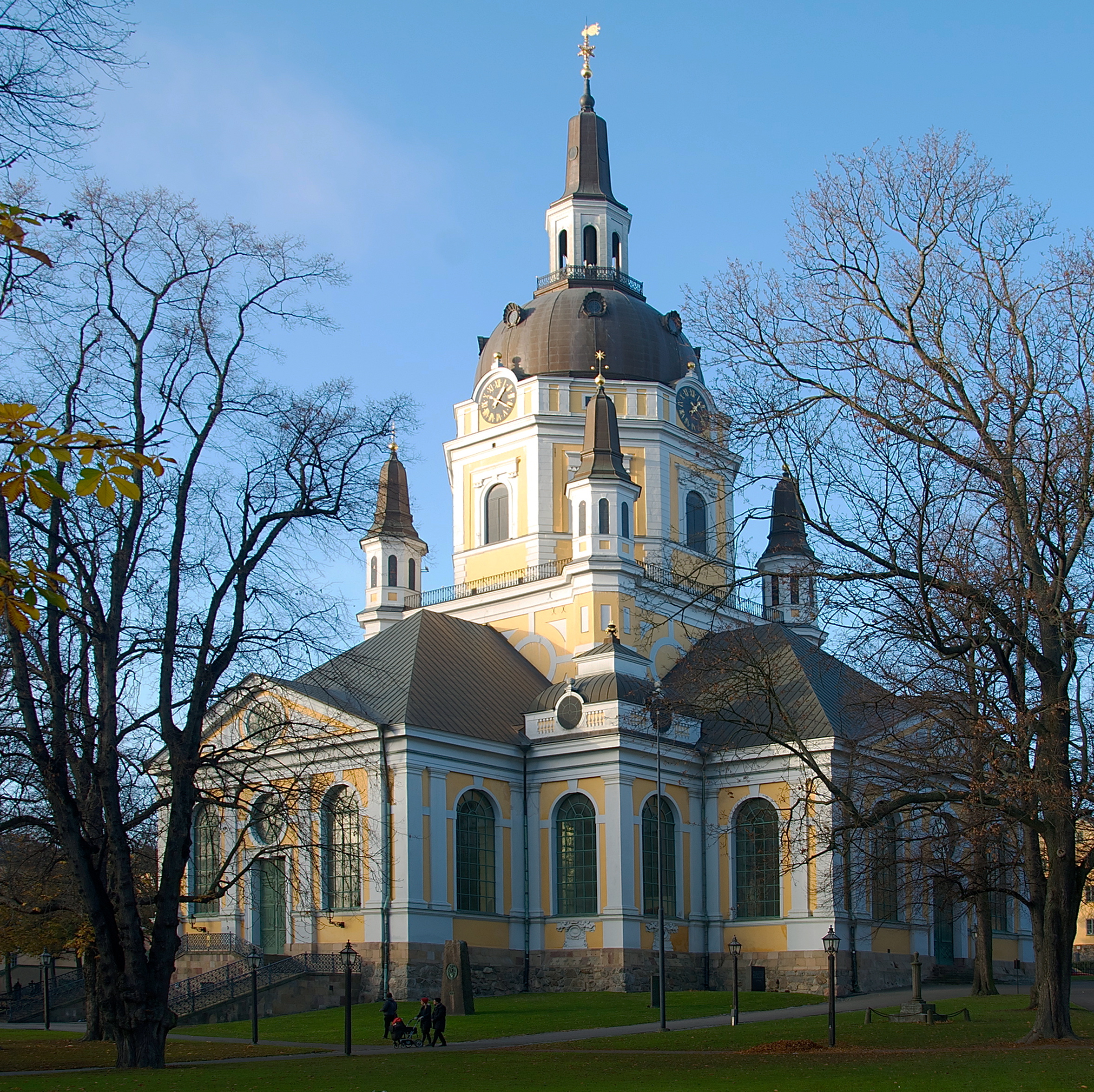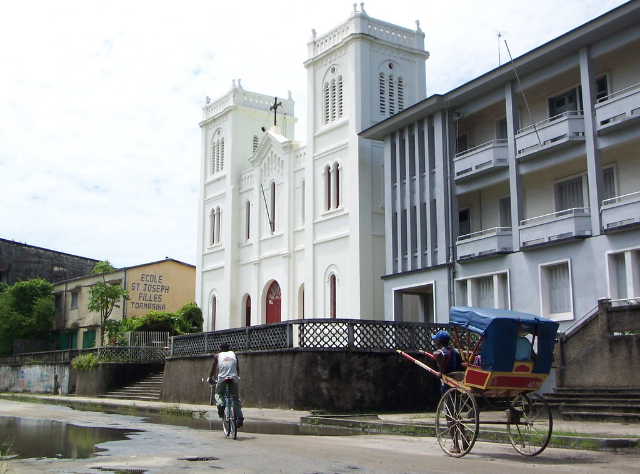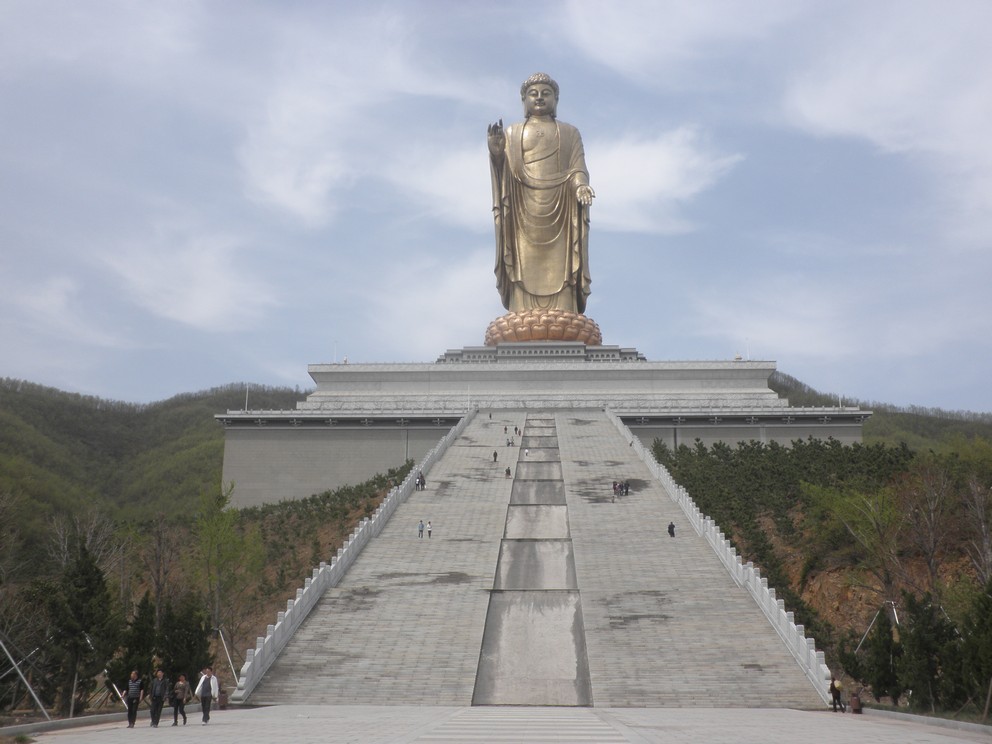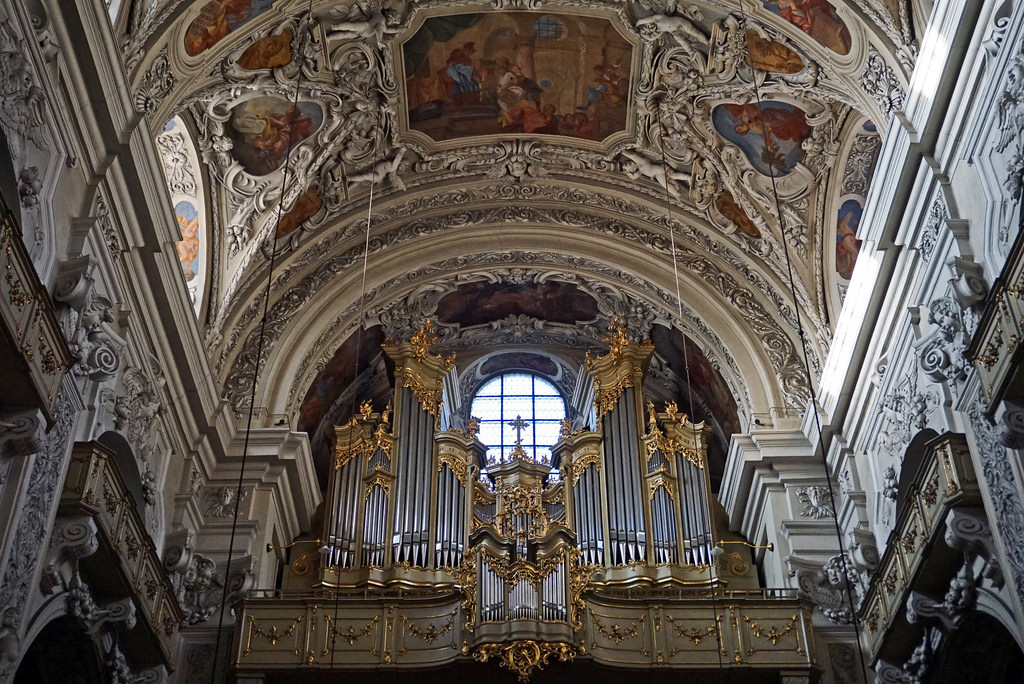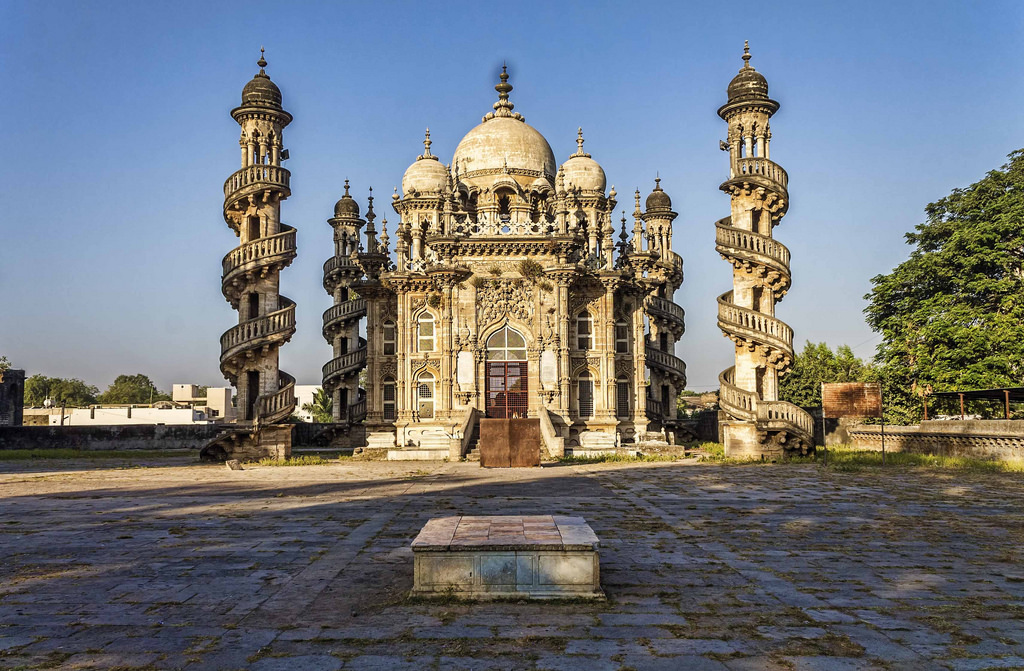"In the convent of Polla the architecture is almost nothing, except for the wide porch of the church. But its interior, entirely covered with beautiful paintings and frescoes, is a real museum of paintings of a good period of art". So wrote in 1930 Antonio Sacco in his monumental work "The Charterhouse of Padula".
And it is really so: who enters Sant’Antonio remains dazzled in contemplation of the forty canvases painted in 1666 by Ragolìa for the ceiling and disposed in three parallel rows on the greater axis of the aisle with to the center the canvas from the richest frame on which he portrayed the Immaculate;
the painter certainly drew characters and faces from the reality that surrounded him. So in the Nativity of Mary we see that the midwife intent on washing the newborn, is just a commoner who wears the Pollese costume from the wide blue skirt.
But also in the portrait of Salome and, in the parallel painting on the opposite side, in the likeness of Judith holding the pike with the head of Holofernes, we can see the complexions with Spanish hairstyles of some flourishing young man of the time.
On the same head of Holofernes it is not unlikely that Ragolìa has fixed traits of his own face that we find repeated in the adjacent central painting under the likeness of the Eternal One who creates light on the world.
The overall intonation of the paintings is of Caravaggio imprint mediated by the fortune that his art enjoyed for several decades in Naples fertile of artists.
From the ceiling, the gaze runs to the walls with Anselmo Palmieri’s frescoes that tell episodes from the life of Jesus and Mary, to rest on the wooden crucifix carved by Friar Umile da Petralìa in 1636: a true masterpiece of art and piety.
the picture gallery
The presbytery is separated by a stone balustrade on which the author left his signature engraved: "opifice Ioanne Brigante, a.. D. 1783".
The long mensa, according to the baroque taste, is composed of a series of small columns that were colored in red, color of which today there are still traces on the leaves that adorn them.
Another work of wooden carving is the choir of the first half of the seventeenth century, located behind the high altar, a choir that has no equal in the Wall: it is formed by 21 stalls and 29 frontal busts in bas-relief of Saints of the Franciscan Order.
At the center of the choir is the lectern, whose hexagonal base is adorned with a sculpted panel with symbols of the Christian virtues. But here the attention is also captured by the high dome frescoed by Domenico Sorrentino with the Glory of Paradise from 1681 to 1683.
Not a frequent example among the illustrious monuments, in the interior of Sant’Antonio, to the right of those who enter, s’apre perentoria, framed by a sumptuous portal of the late ‘500, the chapel of the Immaculate, contemporary to the foundation of the correlative Congregation that had long fortune among the population of Polla.
The portal is to be considered as a monument in the monument because it overhangs the light of the chapel and it also contains the access steps that lead to it.
In the presbytery, on the opposite side, opened by a simple portal of the 18th century, architraved, it extends in the body of the convent, the chapel of the Confraternity of St. Francis, founded in 1636, the same year in which the wonderful Crucifix was carved.
